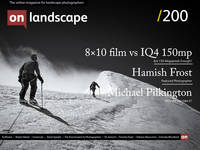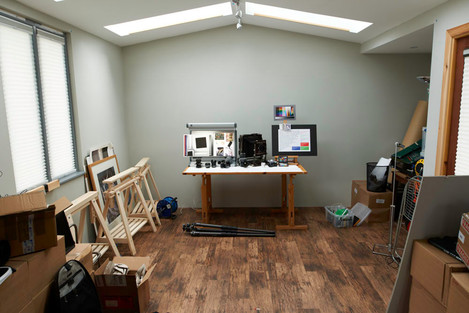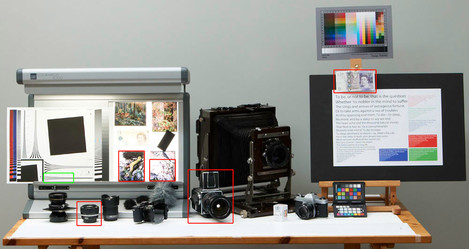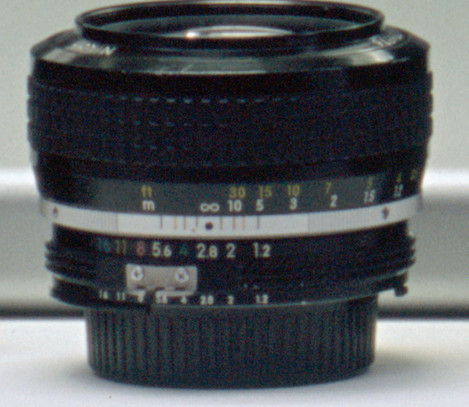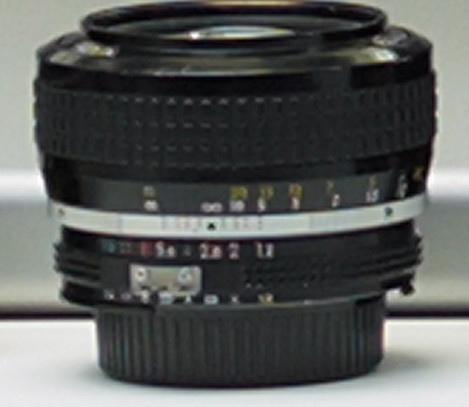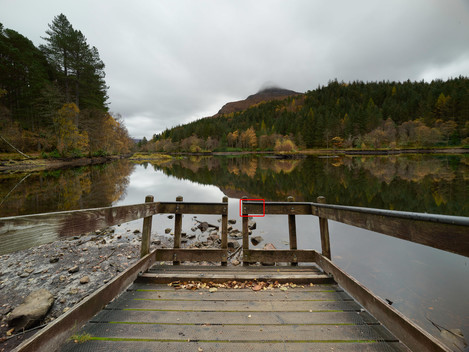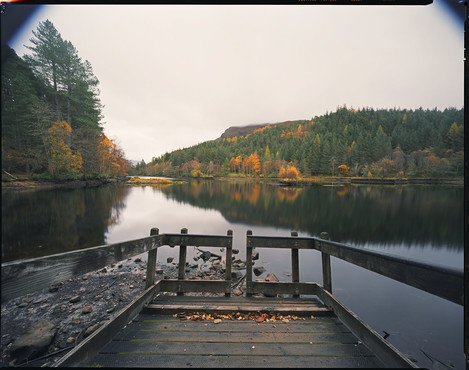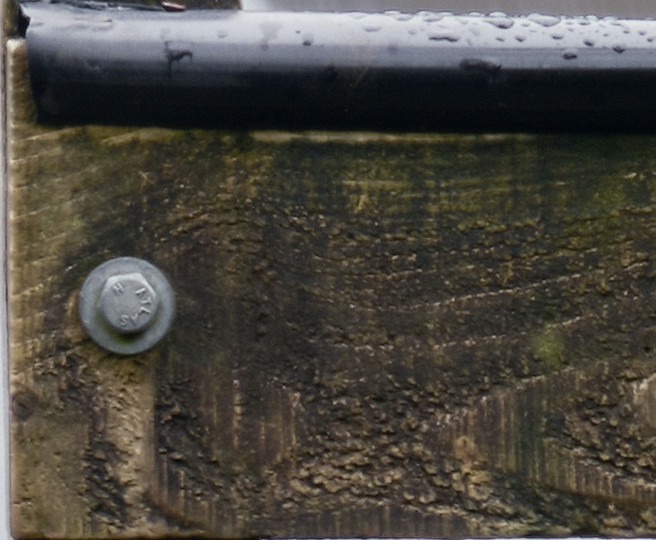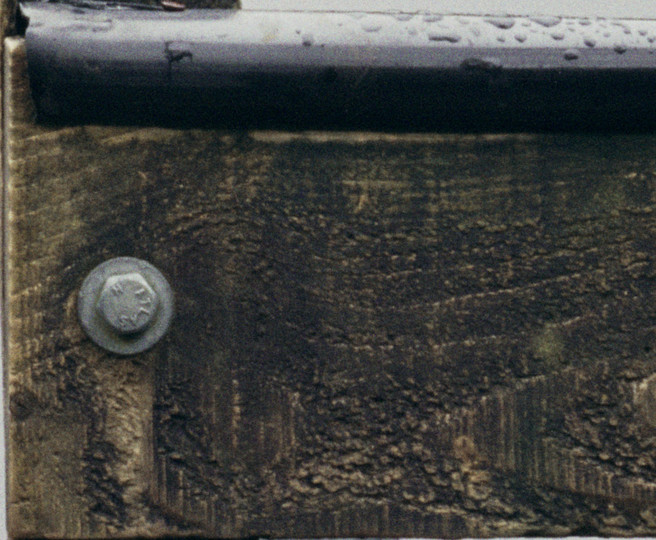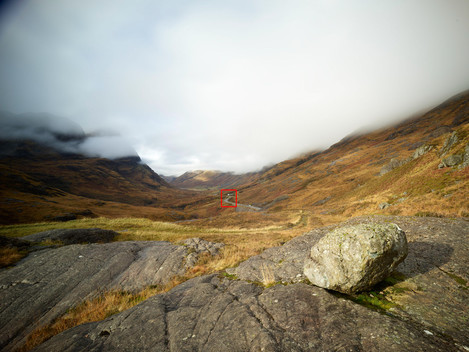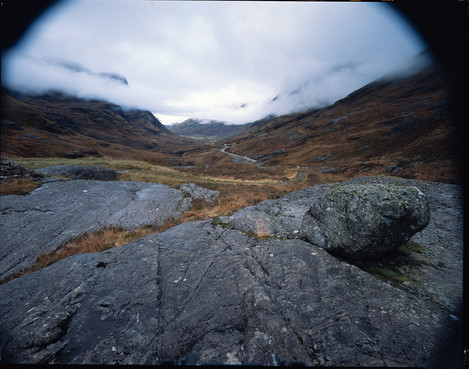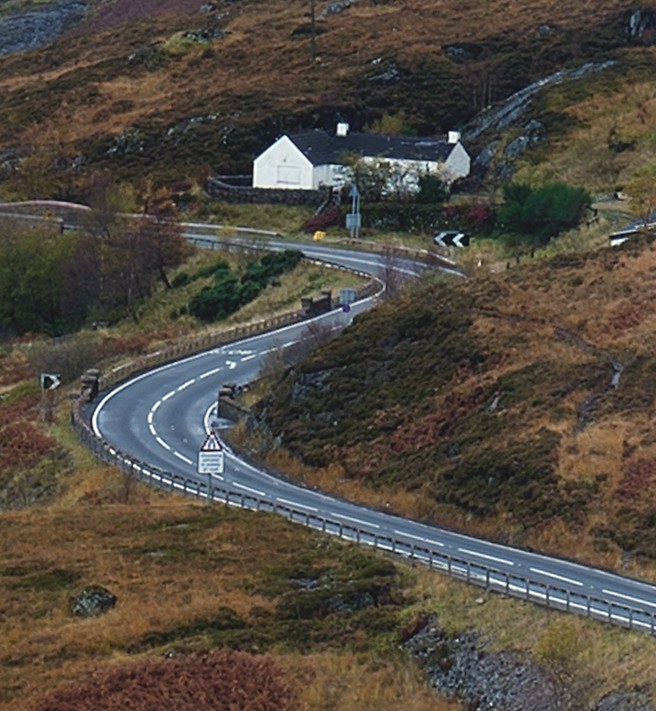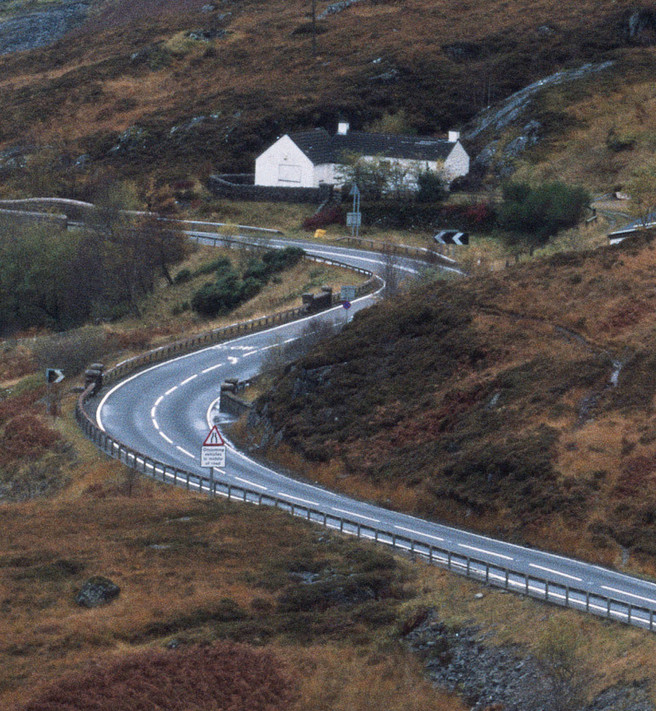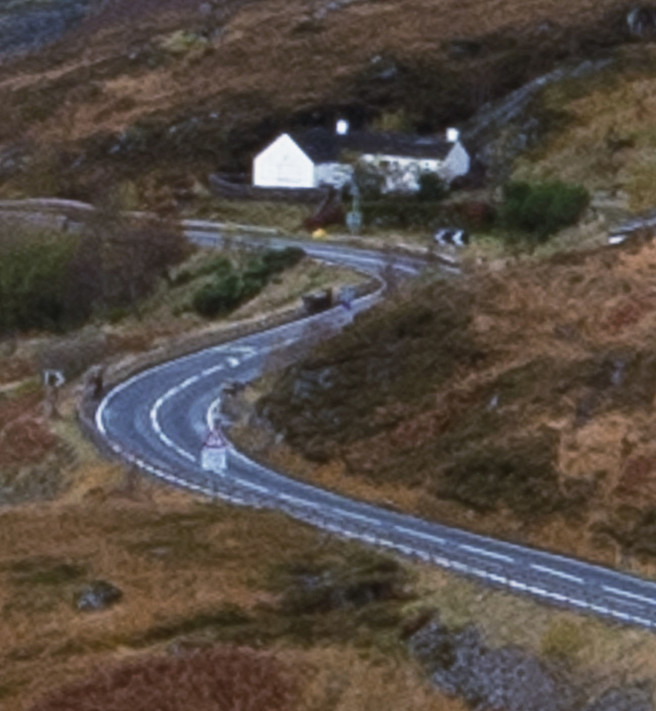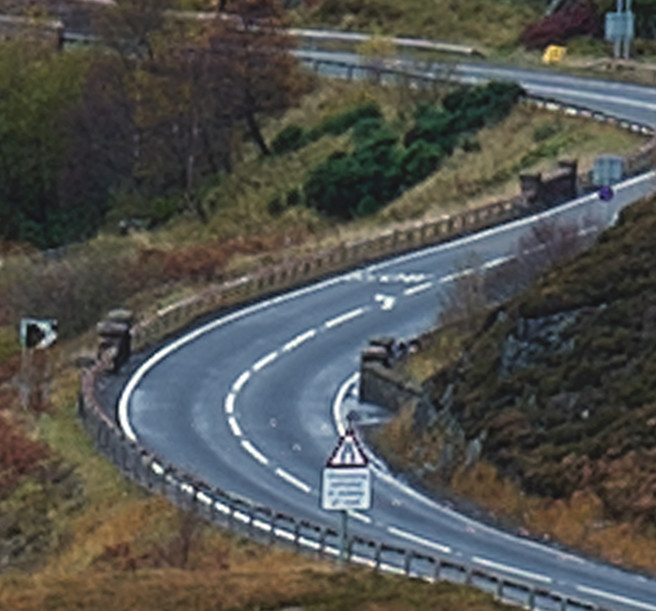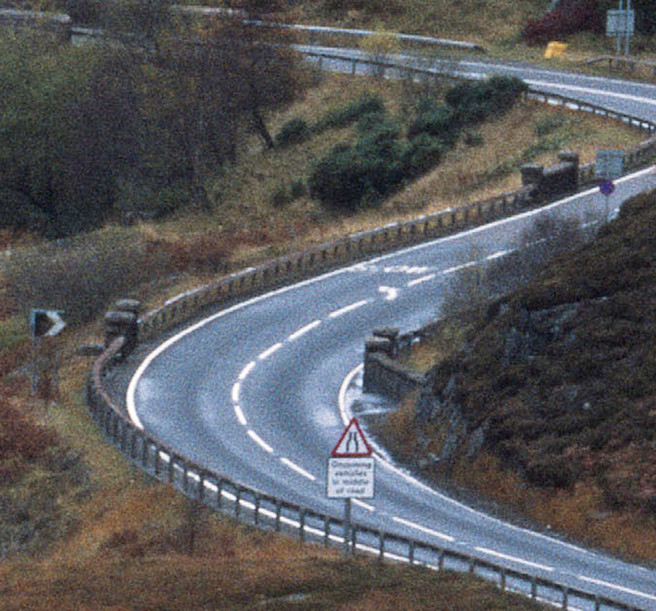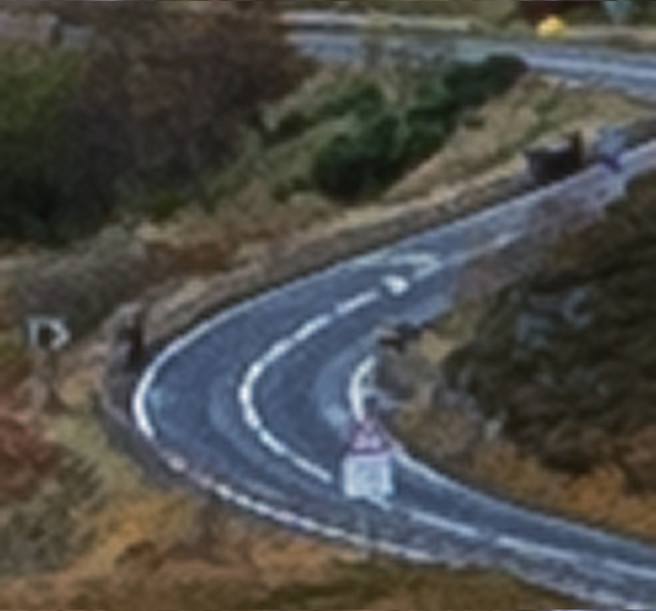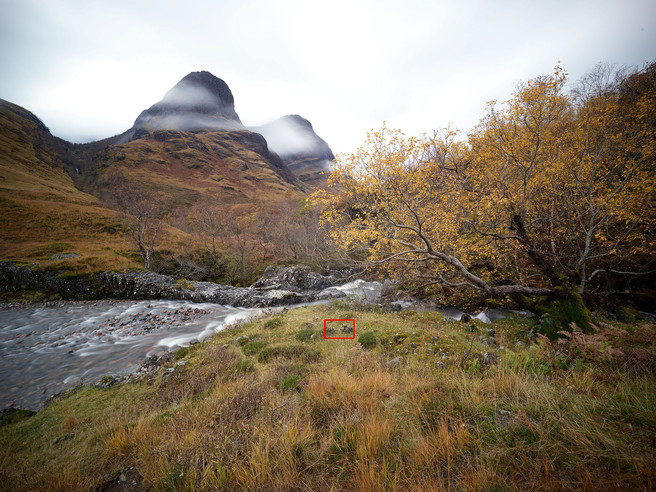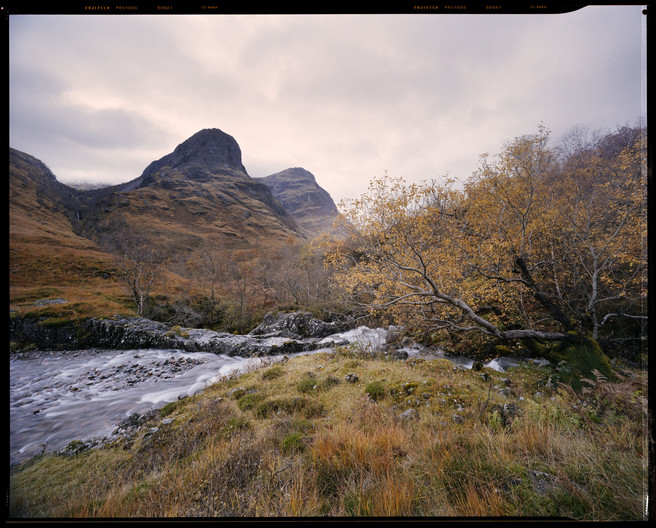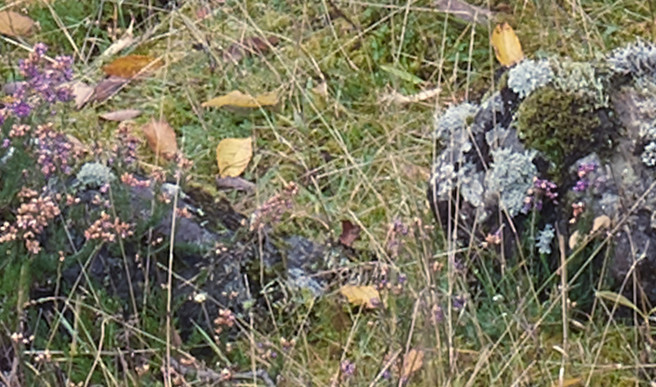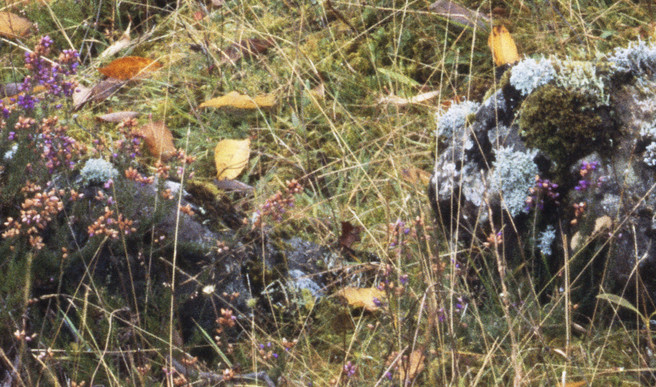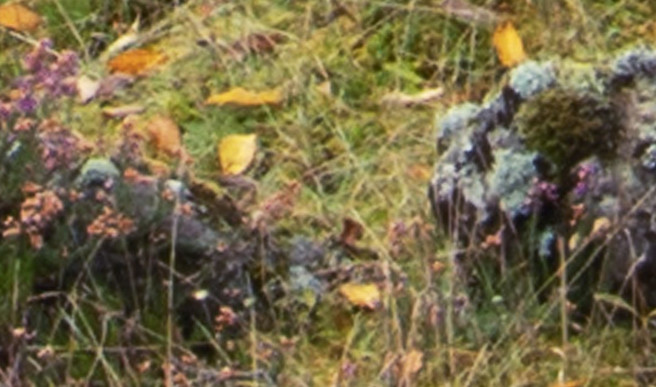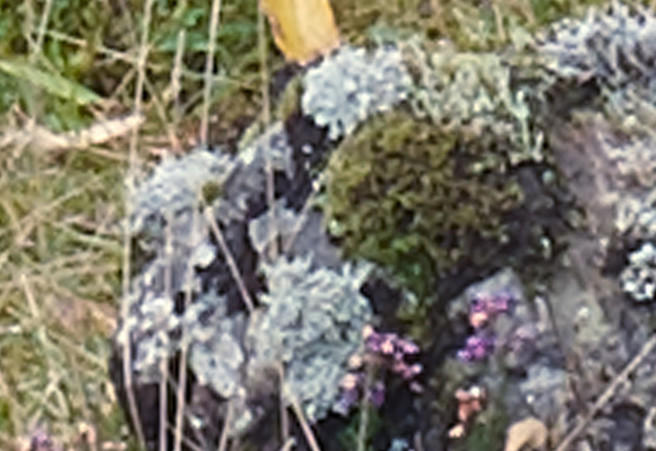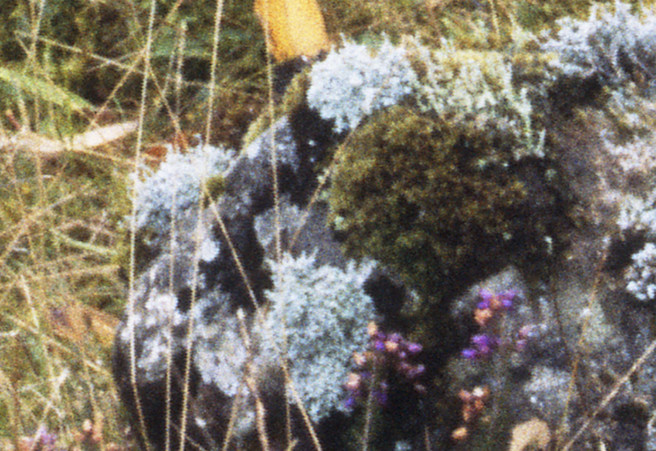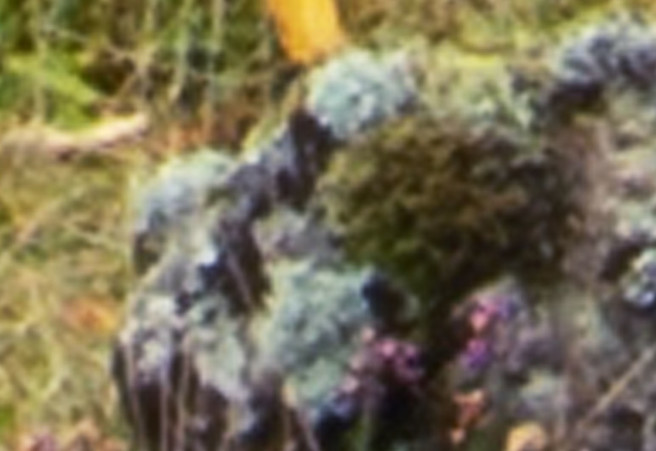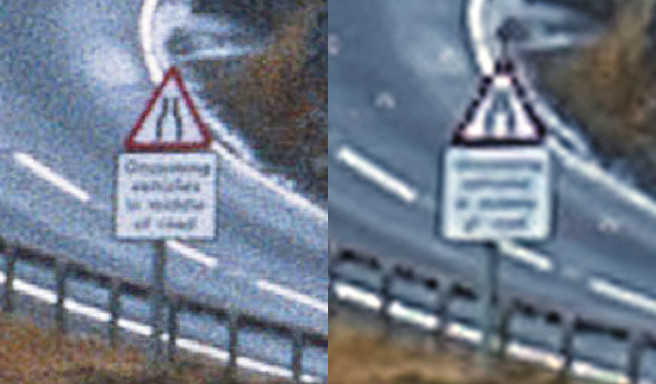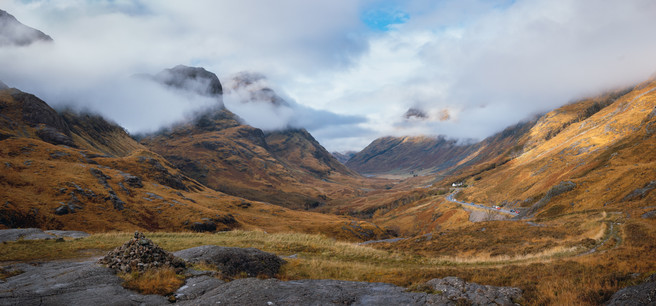Are 150 megapixels enough?

Tim Parkin
Amateur Photographer who plays with big cameras and film when in between digital photographs.
It’s been a few years (over 8!) since we performed our mammoth “Big Camera Comparison”. For those of you who haven’t seen it, we compared medium format and large format film against various digital cameras including the then cutting edge Phase One IQ280, an 80mp CCD sensor which we used on a Linhof Techno, an Alpa and a Cambo technical camera (we also tested a D800 and a 5Dmk2). You can find the results of that test here but the general summary was that the 80mp and 5x4 were quite close in many ways (more fine detail in 5x4, more punchy contrast in the 80mp - prints looked similar). But one of the big reasons we made the test was a reaction to an article in Luminous Landscape declaring that the IQ180 cameras now beat 8x10 film and to cut a long, laborious and geeky story short, the answer was “no they don’t”. The results from 8x10 film blew away the 80mp Phase One sensor and it’s fabulous Rodenstock lenses completely. Here’s a repeat of the side by side comparison with a quick photograph of the test scene first.
Our final analysis had the 8x10 film coming in at about 300-600 megapixels. However, that didn’t tell the whole story as 5x4 film came in at a potential 200+ megapixels and yet the IQ280 files printed just as good. The 8x10 photographs in the field looked better than the IQ280 definitely but not by massive amounts.
Since then, there have been lots of improvements in camera sensors and obviously very little movement in film technology. Although to be fair to film, its use is now growing and there have been some ‘saves’ and ‘remakes’ (e.g. Kodak E100G). Recently Joe Cornish has upgraded the new IQ4 150mp sensor and TeamWork approached us about going out and testing the camera in various ways. We’ve talked about our general reactions to the camera in a previous article, but we were also interested in how it compared with 8x10 film being as things were getting close in our previous print comparison.
So, Al Simmons and I took a walk around Glencoe for an afternoon accompanied by James Fortune who just happened to have a D850 which we were able to include in the test.
To get the right comparison, I was using a Toyo 810MII camera with a Schneider 110mm Super Symmar XL lens to try to match the field of view of the IQ4 150mp sensor on the Phase XT camera and the 23mm Rodenstock Digaron HR lens. These are very similar angles of view as you’ll see in the test images.
We were not trying to be as technical as our last tests as these were more about ‘in the field’ use and the numbers from the previous test probably tell us the theoretical results. Hence our first photograph was taken at Glencoe Lochan. It was a bit of as mess as I’d forgotten they were draining it to repair the dam, ah well this is a resolution test so no problem. Here’s the view as taken with the IQ4 150mp followed by the photograph from the 8x10 camera. The 8x10 was used with a graduated filter but obviously the holder vignetted badly. We also took a photograph on colour negative film which showed no vignetting.
The following is a zoomed view of the point of focus for both cameras which is shown on the Phase camera by a red outline
Our following test took us to the top of Glencoe from a spot called “The Study”. Here’s the overall view from the Phase and 8x10 cameras.
The 8x10 shows the vignetting from the graduated filter again and the two pictures have different conditions. If you look at the small red outline near the middle of the picture, this is where we’ll be doing the comparison. Here is our first comparison at zoom level one
To get a better idea if you’re on a smaller screen, we zoomed in on the area around the road sign. We’ve also included James Fortune’s photograph from his Nikon D850 with the 14-24 lens.
Before people say that the Nikon or Phase photos aren’t sharp, this is because it’s been massively uprezzed in order to compare at all. Here’s the raw version of the IQ followed by the raw version of the Nikon
You can see that although the Nikon isn't pixel perfect, the IQ is about as good as you'll get. (the 14-24 is a good lens but nowhere near a Rodenstock HR Digaron).
Our final comparison pictures were taken below the house in the last photograph (I like to call it Hamish Macinnes’ house instead Jimmy Saville’s as Hamish is a nice bloke who actually lived in the house. It’s now owned by a plumber from Inverness!)
You can see here that the 8x10 photograph shows no vignetting as this was taken on Fuji Pro160S film and needed no filters.
The red area is quite small on this comparison but hopefully, you can still see it. Here are the contents of the area starting with the Phase version.
And again, here is a version zoomed in a little further to show fine detail differences.
And a final high resolution comparison of the 8x10 Velvia and Phase One IQ4 150mp here's the writing on the road sign from Glencoe.
Well, what does it all mean??
We’ve covered a huge amount of this territory in our previous comparison article which I’ll link to at the end of this but in summary, 8x10 trounces the Phase One camera for absolute detail but unless you’re printing over three meters wide then it’s not going to be visible.
What is more, the Phase One system has become quite ‘friendly’ now, with its fast frame rate live view, focus peaking, huge dynamic range, very little colour distortion and electronic shutter, there are very few reasons why any sane person would want to use an 8x10 instead. The Phase cameras have reached a functionality and usability point that means using medium format digital is no longer a fight with the equipment. Joe Cornish will write about his own medium format pathway a future article but we have discussed the falling away of MF digital hurdles as each new camera gets released.
Then again, photography is an art, not a science, and many people make their choices of medium based on how the process works for them creatively. There’s also the small matter of expense to take into account as well.
These tests don’t really mean much beyond a nice ‘experiment’. Getting a sharp result from 8x10 is no mean feat, what with sagging film, camera movement, trying to use smaller apertures to keep sharpness, fighting with a metre cube camera, carrying a 20+kg backpack etc, etc. It really is a challenge. Personally, I love using the 8x10 though. It feels like you’re really ‘working’ something and the satisfaction of a good result can be directly proportional to how hard it was to make it.
For me though, the real benefits of 4x5, 5x7 and 8x10 systems are the ease with which camera movements can be made, the beauty of lenses that render beautifully to the corners, the accessibility of lenses that have ‘character’ that you just can’t use on smaller formats, the colour reproduction of Velvia 50 (still hard to match, even with ninja photoshop skills), the relinquishment of the continuous upgrade cycle and the pleasure of really knowing your equipment.
The conclusion at the end of our previous article stands as true now as it did then. Use whatever makes you happy! If that's pinhole or 8x10 it doesn't matter a damn. (However, an 8x10 frame on a light table and a good loupe is a rare joy indeed).
https://www.onlandscape.co.uk/2011/12/big-camera-comparison/
https://www.onlandscape.co.uk/2011/12/camera-test-editors-commentary/
https://www.onlandscape.co.uk/2011/12/big-camera-comparison-comments/
p.s. When we arrived at the study in Glencoe, the conditions were amazing and I quickly shot a hand held, five frame panorama on my Sony. Sometimes a lack of faff beats everything!

